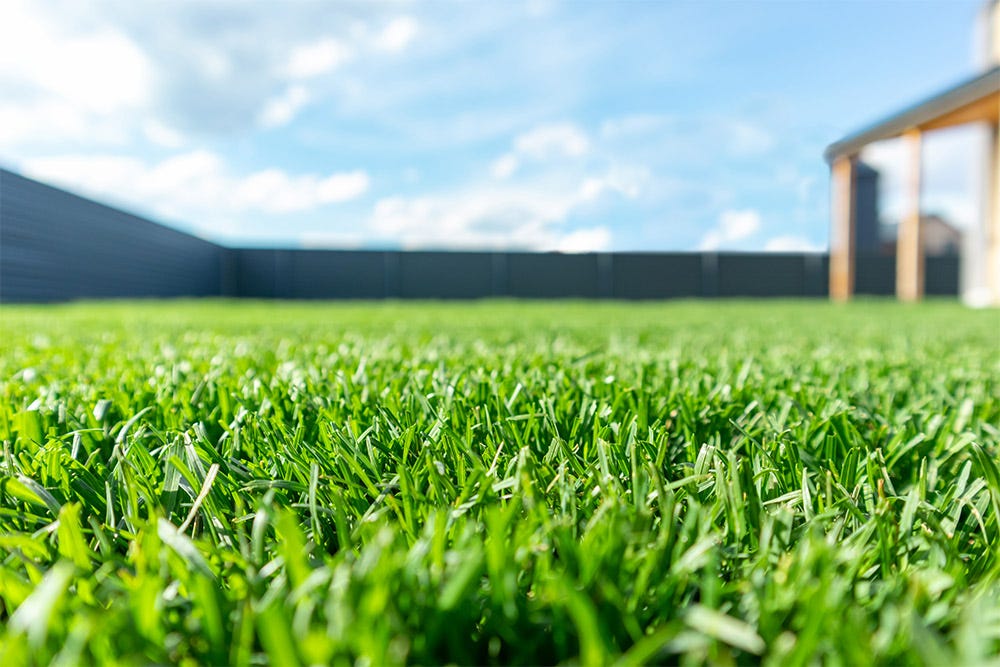
Both temperature and time of day play important roles in irrigation. And it’s worth remembering that over-watering can be as harmful as not watering enough – as you risk making the soil soggy and hard for the turf to breathe properly.
Irrigate at the right time
Choose the cool of the early morning to get the hose out. This gives the water more time to penetrate the soil and reach the roots before it evaporates.
Never irrigate after sunset when evaporation is slower. Mould and fungi thrive in dark and damp environments, damaging your grass and giving parasites plenty of time to attack.
Avoid temperature shocks
Try not to water your lawn in the heat of the day. If you have to irrigate during this time, make sure your water isn’t too cold. A big temperature difference can shock and damage the grass.
Aerate the ground
Water should penetrate the soil to a depth of 10cm. Shallow watering encourages roots to develop closer to the surface, leaving your grass more vulnerable to drought. Help water reach the root system by aerating the ground with a garden fork or scarifier.
Check your irrigation system
Make sure your sprinklers are working correctly and the heads are free of debris. You may need to move your sprinkler around to ensure the whole area is being watered evenly. If you don’t own a sprinkler, a garden hose can do a fine job and let you target specific areas more easily.
Bounce back
Don’t panic if your grass turns brown. It takes a severe drought to kill a lawn, and grass usually bounces back after a new rainfall.

Lawns often take pride of place when it comes to gardening – and for good reason. But it’s easy to neglect their health over winter, leading to moss, bare patches and weeds taking root. Try our 7-step guide to rejuvenate your lawn in time for summer.
